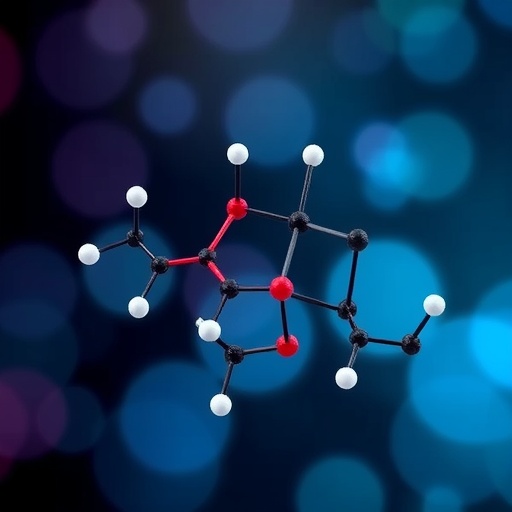UK and Australian sperm banks use masculine archetypes to attract donors
Sperm banks in the United Kingdom and Australia use images and phrases associated with masculinity to attract donors because laws prohibit them from paying for sperm.
Research co-authored by Cass Business School academic Dr Laetitia Mimoun has analysed marketing strategies used by sperm banks in the United Kingdom and Australia and found they rely on masculine archetypes to create value for a commodity they cannot legally buy.
Globally, the sperm donation industry is valued at more than 3.5 billion US Dollars; greater acceptance of same-sex relationships and increased demand for fertility treatments are expected to drive further industry growth in coming years.
Sperm banks in the UK and Australia are disadvantaged within this industry as they are unable to pay donors or provide them with anonymity, they are subject to limitations on the number of donations any one male can provide and the import and export of sperm is highly regulated.
These constraints have contributed to sperm shortages in both countries, particularly after the UK ended donor anonymity in 2005, resulting in the closure of the national sperm bank.
To overcome regulatory constraints and increase donor numbers sperm banks in the UK and Australia began to market the act of donating sperm as a confirmation of masculinity.
“This is to say that if you give your sperm you are a real man and you are better than all the other men who cannot do so for whatever reason,” said Dr Laetitia Mimoun, the study’s lead author.
Dr Mimoun said this strategy relied on two archetypes of masculinity — the ‘soldier’ serving their country and the ‘everyday hero’ saving a damsel in distress.
The soldier archetype uses images and phrases associated with duty, honour and heroism to affirm masculinity; a donor is willing to sacrifice himself and his time without reward.
Examples of the soldier archetype are found in a recreation of the famous Lord Kitchener propaganda poster used to recruit soldiers to the British Expeditionary Force in 1914 and in a campaign that described sperm shortages as ‘the real banking crisis’.
The everyday hero archetype uses images of life-saving professions such as firefighters and life guards, linking the ability to create a life with being able to save one.
The researchers found that campaigns employing the everyday hero archetype sometimes use hypersexualised or romanticised images of men to intensify their appeal.
Examples of this are found in campaign posters showing athletically built men in swimming trunks or underpants but also in videos depicting men cooking barbecues or handing out roses to women.
Dr Mimoun said the use of these marketing strategies had significant impacts on the sperm donation industries in both the UK and Australia.
“This has helped the industry in the UK and Australia to resolve their donor shortages to a great extent,” Dr Mimoun said.
“It’s very interesting that sperm banks are able to procure sperm for free as long as they sell it as a way to affirm the masculinity of donors, especially in today’s context when the notion of masculinity is constantly challenged.”
###
The paper, ‘Soldiers and Superheroes Needed! Masculine Archetypes and Constrained Bodily Commodification in the Sperm Donation Market’, is published in the journal Marketing Theory.
Media Contact
Mark Rigby
[email protected]
http://dx.




